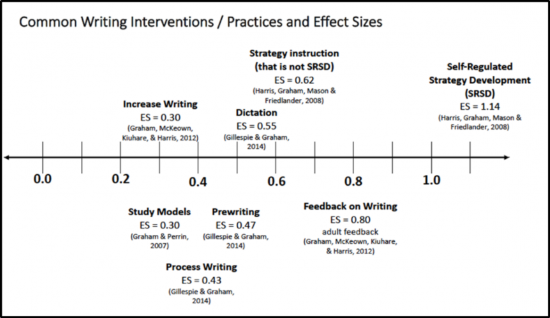“College and Career Ready” has become a familiar phrase. Our goal is to prepare students for their futures so that, ideally, students exiting high school have appropriate future plans and possess the knowledge and skills to achieve them. However, when planning for life after high school, we often present students with the choice of attending college, usually a four year institution, or joining the labor force immediately upon exiting. Could the “Career Ready” portion of “College and Career Ready” include a greater variety of directions for transition planning? An often overlooked option in the career planning process is a pathway in the middle-skills market.
Middle-skills jobs such as health care practitioners, technicians, and machinists are positions that require more education than high-school, but less than a four year degree. They require specialized skills that can be learned through on-the-job training, certificate programs, internships, apprenticeships, and associate degrees. The jobs vary in pay, requirements, and interest area. For example, students interested in social and human service assistant positions can earn $25,000 to $34,999 with short-term on-the-job training (Bureau of Labor Statistics [BLS], 2012). Students with mechanical interests and skills can earn $76,650 as elevator Installers and repairers upon the completion of an apprenticeship (BLS, 2014). These two positions are just a sample of the vast numbers of career options available to students in the middle-skills market.
Over four million openings exist in these positions (Dimon and Seltzer, 2014). However, many of the positions are currently left open because there are not enough qualified individuals to fill them. Importantly, middle-skills jobs are expected to grow over the next ten years. The Bureau of Labor Statistics (2012) projects that, for occupations that do not typically require a postsecondary education, over eight million jobs will be added between 2012 and 2022, accounting for more than half of all new jobs. In addition, occupations that typically require an apprenticeship are projected to grow over twenty-two percent from 2012-2022 (BLS, 2012). This growth in the middle-skills market can be an area of opportunity for some of our students, but we need to ensure they are aware of it.
How do we help students navigate this ocean of career opportunity to find the right fit? Fortunately, there are a number of tools that we can use to help students discover the right choice. The Bureau of Labor Statistics provides an on-line, searchable version of the Occupational Outlook Handbook (http://www.bls.gov/ooh/). Students can search options based on occupational group, median pay, entry-level education, on-the-job training, number of new jobs projected, and projected growth rate. Additional career exploration tools are also available and listed in the “School Tools” section of this newsletter. For students who don’t know where to start looking, there are a number of career assessments that can help them start in the right direction.
Many students have difficulty deciding on a postsecondary pathway because they are not aware of the options that are available. Providing information on the various career and educational opportunities that exist will help students find the best fit for them. Middle-skills jobs provide a niche in the labor market that is often overlooked. Including these jobs in the students’ career exploration process can increase their interest in unique educational and training opportunities that they may not have considered previously. We can expand “college and career-ready” to reach more students and provide more robust career options.
References
Bureau of Labor Statistics (2012). Employment projections 2012-2022. Occupational Outlook Handbook. Retrieved from http://www.bls.gov/news.release/ecopro.nr0.htm
Dimon, J. & Seltzer, M. (2014). Closing the skills gap. POLITICOMAGAZINE. Retrieved from http://www.politico.com/magazine/story/2014/01/closing-the-skills-gap-101478.html#.VH82SXtK1Xs
Elevator Installers and Repairers. Occupational Outlook Handbook. Retrieved from http://www.bls.gov/ooh/construction-and-extraction/elevator-installers-and-repairers.htm
Social and Human Service Assistants. Occupational Outlook Handbook. Retrieved from http://www.bls.gov/ooh/community-and-social-service/social-and-human-service-assistants.htm




 Data-Driven Decision-Making
Data-Driven Decision-Making  Increasing Post-School Success through Interagency Collaboration
Increasing Post-School Success through Interagency Collaboration  How Can We Improve Deeper Learning for Students with Disabilities?
How Can We Improve Deeper Learning for Students with Disabilities?  Positive Classroom Management: Creating an Environment for Learning
Positive Classroom Management: Creating an Environment for Learning  Self-Determination Skills Empower Students of All Ages
Self-Determination Skills Empower Students of All Ages  Fidelity of Implementation: What is it and Why does it Matter?
Fidelity of Implementation: What is it and Why does it Matter?  Rethinking Classroom Assessment
Rethinking Classroom Assessment  A Three-Step Approach to Identifying Developmentally Appropriate Practices
A Three-Step Approach to Identifying Developmentally Appropriate Practices  Transforming Evidence-Based Practices into Usable Innovations: A Case Study with SRSD
Transforming Evidence-Based Practices into Usable Innovations: A Case Study with SRSD